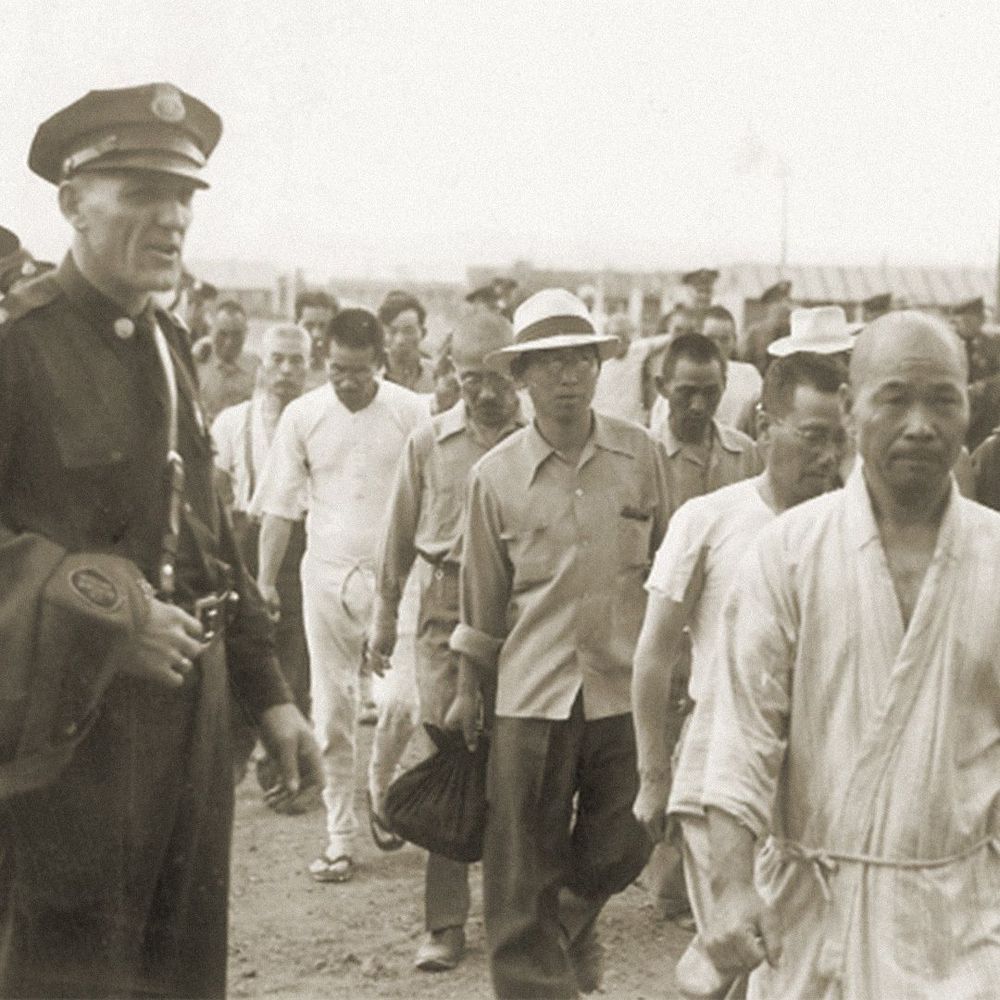
Quiet Americans
@quietamericans.com
19 followers
34 following
380 posts
Uncovering Japanese American stories: History. Injustice. Resistance. Achievements. Remembering those who built, fought, and endured.
https://quietamericans.com
Posts
Media
Videos
Starter Packs
Pinned
Quiet Americans
@quietamericans.com
· Oct 5






































































